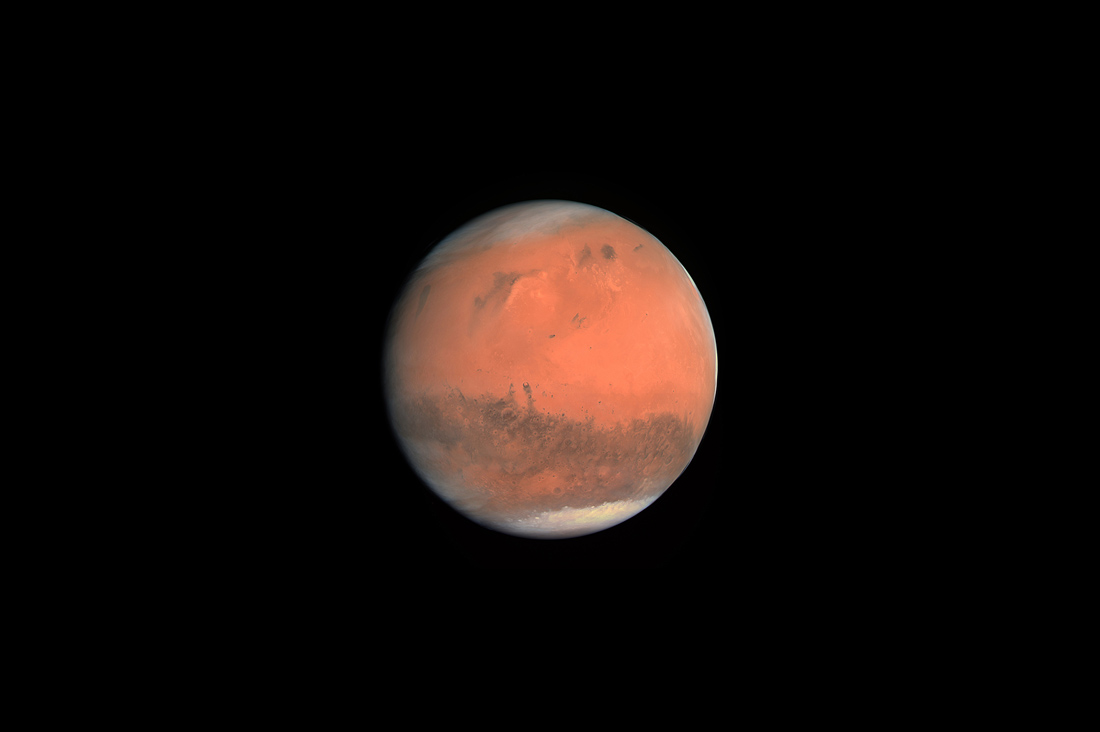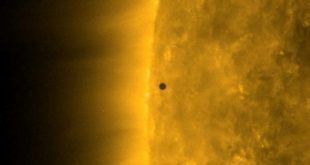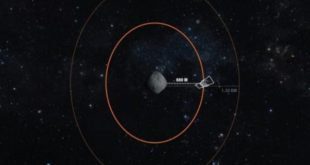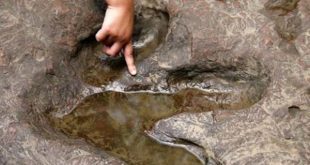 19 Oct TGO entered the orbit of Mars.
19 Oct TGO entered the orbit of Mars.
Schiaparelli landing module (“list”) Russian-European mission “ExoMars-2016” crashed while landing on Mars, reports the European space Agency (ESA).
In a statement posted on the official website of the ESA, stated that NASA found the intended place of landing of the module. “Schiaparelli fall from a height of two to four kilometers and has therefore gained significant speed, more than 300 kilometers per hour. It is also possible that the module exploded upon hitting the ground,” – said in a statement the Agency.
Earlier, the European space Agency (ESA) reported that from the module, Schiaparelli, landed on Mars on October 19, receives a signal, but no data telemetry.
The module entered the Martian atmosphere at an altitude of about 122,5 km at a speed of nearly 21,000 km/h. the Parachute opened at an altitude of about 11 km at a speed of about 1650 km/h.
On a press-conferences on Thursday the head of the mission “ExoMars-2016” Andrea Accomazzo said that “communication with the landing module had been missing for 50 seconds before landing”.
Russian-European mission “ExoMars-2016” was launched on 14 March, 2016 launching from the Baikonur cosmodrome carrier rocket “proton-M” spacecraft within the orbital module TGO (Trace Gas Orbiter) and a demonstration of the descent module Schiaparelli.
19 Oct TGO entered the orbit of Mars.
The orbital module TGO SPACECRAFT is designed to study trace gases of the atmosphere and the distribution of water ice in the Mars soil. Russian IKI has prepared two instruments for the TGO: spectrometric system WITHIN and neutron spectrometer FRIEND.
Demonstration Schiaparelli landing module was to test a number of technologies that provide a controlled descent and landing on Mars in preparation for future missions.
On Board the module was a package of scientific equipment, which was expected, will record wind speed, humidity, pressure and temperature at the time of planting. It was expected that the instrument will also receive the first scientific data on the electric fields on the surface of Mars, which, combined with studies of concentrations of atmospheric dust will provide new understanding of the role of electrical forces in the process of the emergence of dust storms on this planet.








